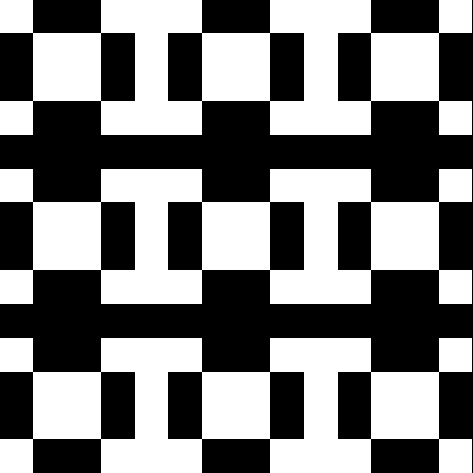This website is kept for archival purposes only and is no longer updated.
Low Energy Gamma-Ray Imager (LEGRI)The latest (as of December 4, 1997)from Fernando Balllesteros, Universidad de Valencia, SpainLEGRI was succesfully launched on April 21st, 1997, on a Pegasus XL rocket. The instrument was activated on May 19, 1997. The technical evaluation as well as the scientific analysis is ongoing. One of the technical mission goals is the measurement of the particle and gamma induced background levels. These are higher than anticipated beforehand. At the moment less than a quarter of the detector array is fully operational which hampers the analysis of image data. Nevertheless, here is a preliminary deconvolved image of an observation of the Crab field, generated by Paul Connell of the University of Birmingham, UK: 
Background information..LEGRI was proposed in response to the Spanish Instituto Nacional de Technicas Aerospaciales (INTA) 1993 call for proposals for the first MINISAT mission (MSAT1). The aim of the proposed mission is the demonstration of the technological feasibility of the construction of new generation gamma-ray telescopes, optimized for low energy (10-100 keV) astronomy, using 80 HgI2 detectors and 20 CZT pixels. This material provides an excellent response in the 10-100 keV range, with the best presently achieved efficiency/volume ratio.The 10-100 keV region contains unique, not fully explored, astrophysical information regarding nuclear excitation processes, radioactivity, cyclotron emission and absorption processes
 The MURA aperture pattern employed for LEGRI (courtesy Dr. G. Skinner, B'ham). LEGRI is a prototype of a gamma-ray telescope with high resolution imaging (20 arcmins source location capability), medium resolution spectroscopy (4 keV at 30 keV), and high continuum and broad line sensitivity in the 10-100 keV spectral region. The estimated continuum sensitivity of 10 mCrab at 30 keV allows performing continuous surveys of selected areas and deep measurements of specific fields. The detector plane is a a mosaic of 10X10 HgI2 crystals and CZT elements, the crystals each 0.5 cm thick with an active area of 1 square cm. A coded aperture mask located 54 cm from the detector plane provides the high quality imaging capability. The main detector elements are shielded on the bottom and sides by a tbd box and above by a tantalum collimator and aluminium window. The data supplied by LEGRI will allow the definition of the range of application of HgI2 detectors in astrophysics, based on the HgI2 semiconductor stability, radiation damage, and survival capability under space conditions. Furthermore, they will provide a good scientific output in the very interesting low energy gamma-ray/hard X-ray spectral regions. Characteristics of LEGRI LEGRI is a collaboration between the University of Valencia (Spain), University of Alicante (Spain), Centro de Investigaciones Energeticas, Medioambientales y Technologicas (CIEMAT, Spain), Instituto Nacional de Technica Aerospacial (INTA, Spain), University of Southampton (UK) , University of Birmingham (UK) and Rutherford Appleton Laboratory (UK). The PI of LEGRI is Dr. V. Reglero (reglero@evalvx.ific.uv.es). The above info is an excerpt from the Instrument Definition Document (Version 2) (163 kB postscript), edited by V. Reglero (PI), and from a paper by Ballesteros et al., in Proceedings of a workshop on "Imaging in High_energy Astrophysics", Capri, September 1994 (preprint).
Go to LEGRI home page at University of Valencia or LEGRI page at LAEFF (Spain)  Go to general Coded Aperture Imaging page
Go to general Coded Aperture Imaging page
These pages have been compiled by Jean in 't Zand. They are intended to provide general information for those interested in coded aperture imaging. Any citations should reference original papers as noted in the bibliography, and requests for further information about any of the papers should be directed to the authors thereof. |